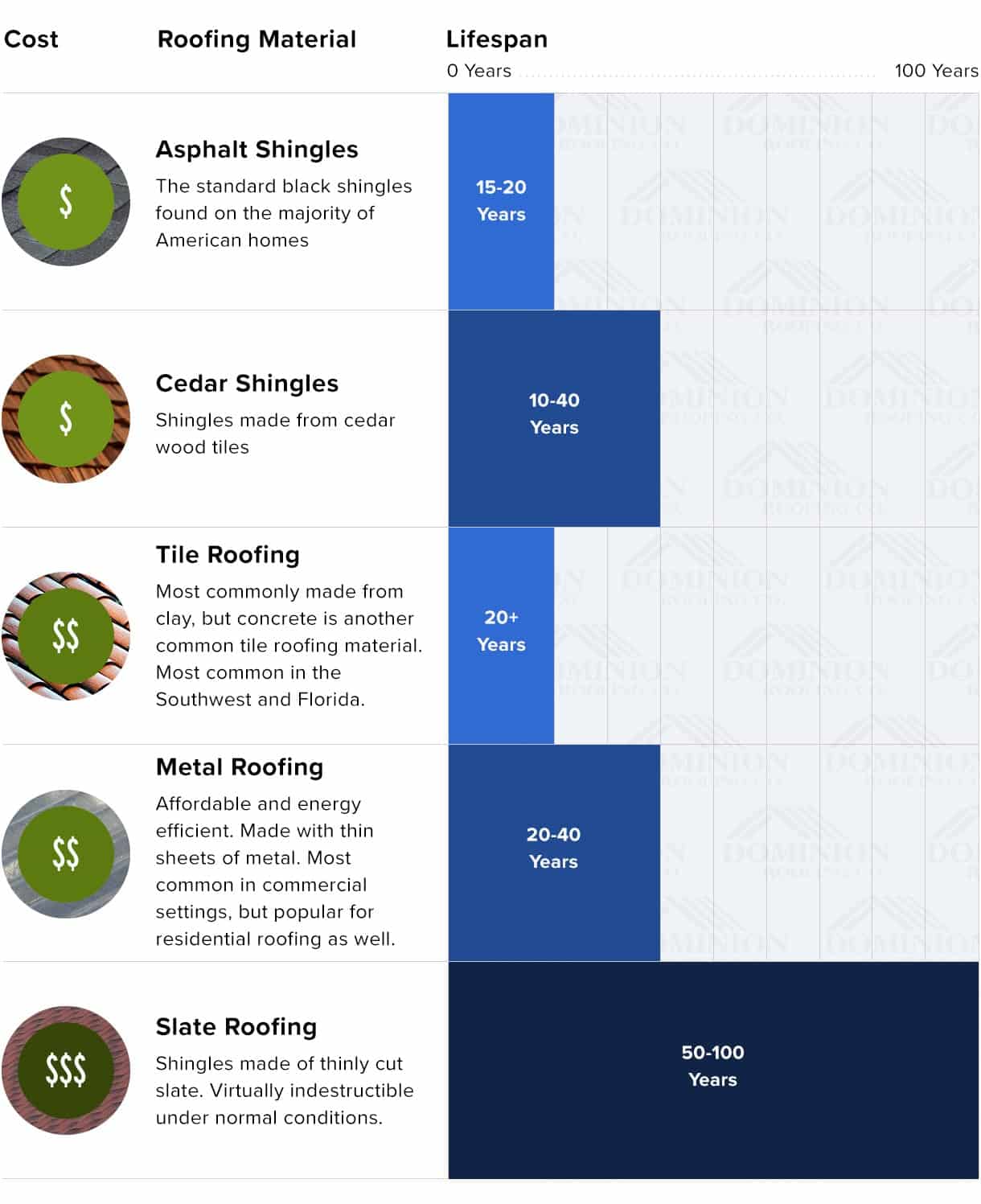The Significance Of Roofing System Air Flow In Achieving An Effective Setup
The Significance Of Roofing System Air Flow In Achieving An Effective Setup
Blog Article
Content Created By-Conway Iversen
When you're dealing with a roofing project, you may not assume much about roofing air flow, yet it's more important than you recognize. Efficient ventilation assists regulate temperature level and moisture in your attic, avoiding problems like mold and mildew and architectural damage. By understanding how to develop and install a balanced ventilation system, you can enhance power effectiveness and extend the life-span of your roof materials. So, what are the vital factors to take into consideration throughout installment that can make all the difference?
Importance of Roofing Ventilation
Roofing ventilation plays an essential role in preserving the total wellness of your home. By enabling fresh air to circulate via your attic room, it helps regulate temperature and wetness levels. This equilibrium is essential to protect against warm buildup throughout hot months, which can cause enhanced power expenses as your a/c works overtime.
Moreover, proper air flow substantially reduces the threat of moisture-related issues like mold and mildew and mold. If humidity degrees climb, your home's architectural stability can be endangered, resulting in costly fixings. You wouldn't want to take care of deteriorating wood or distorted roof materials, right?
Furthermore, sufficient air flow expands the life expectancy of your roof. When heat and moisture are kept in check, your roofing can carry out efficiently, avoiding premature deterioration. This means fewer migraines and costs down the line.
How Roof Covering Air Flow Functions
Efficient roof ventilation depends on the natural movement of air to develop a balance between intake and exhaust. When you install vents, you're essentially enabling fresh air to enter your attic room while enabling hot, stale air to escape. This procedure helps control temperature level and dampness levels, protecting against concerns like mold and mildew growth and roofing system damage.
Intake vents, usually located at the eaves, reel in cool air from outside. Meanwhile, exhaust vents, situated near the ridge of the roof, allow hot air surge and leave. The distinction in temperature level produces an all-natural airflow, known as the stack impact. As composition roofing san antonio, tx skyroofingconstructiontx.com rises, it produces a vacuum that pulls in cooler air from the reduced vents.
To maximize this system, you require to ensure that the consumption and exhaust vents are effectively sized and positioned. If the consumption is limited, you won't achieve the wanted air flow.
Similarly, not enough exhaust can trap warmth and dampness, causing possible damages.
Trick Installation Factors To Consider
When setting up roof covering air flow, a number of key considerations can make or break your system's performance. First, https://roofingcostcalculator27395.eedblog.com/34041444/how-considerably-does-weather-affect-the-integrity-of-your-roofing-explore-essential-methods-to-secure-it-from-ecological-factors-prior-to-it-becomes-a-crucial-issue require to evaluate your roofing's design. The pitch, shape, and products all affect air flow and air flow option. Make sure to select vents that match your roof kind and regional environment problems.
Next, take into consideration the placement of your vents. Ideally, you'll want a balanced system with intake and exhaust vents positioned for ideal air flow. Location consumption vents low on the roof and exhaust vents near the top to urge an all-natural circulation of air. This configuration aids stop moisture accumulation and advertises power effectiveness.
Do not forget insulation. Proper insulation in your attic room prevents warmth from escaping and maintains your home comfortable. Guarantee that insulation doesn't obstruct your vents, as this can prevent air flow.
Finally, think of maintenance. Choose air flow systems that are very easy to access for cleansing and assessment. Routine maintenance ensures your system continues to operate properly in time.
Verdict
In conclusion, roofing ventilation is crucial for an effective setup. By making sure proper airflow, you can prevent warm build-up and moisture concerns that cause costly damage. When you purposefully placement intake and exhaust vents, you improve power performance and lengthen the life expectancy of your roofing. Bear in mind, a well-ventilated roof not just protects your financial investment yet likewise improves your indoor air top quality. So, focus on air flow to make certain a durable and cost-effective roof for your home.
